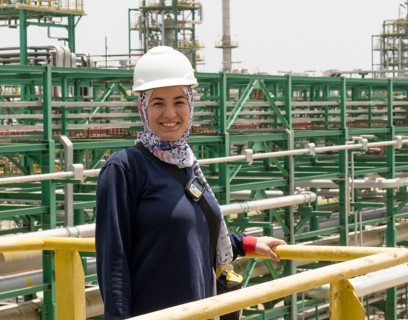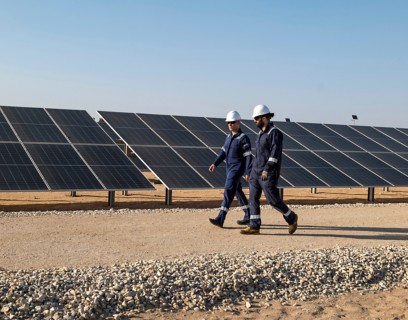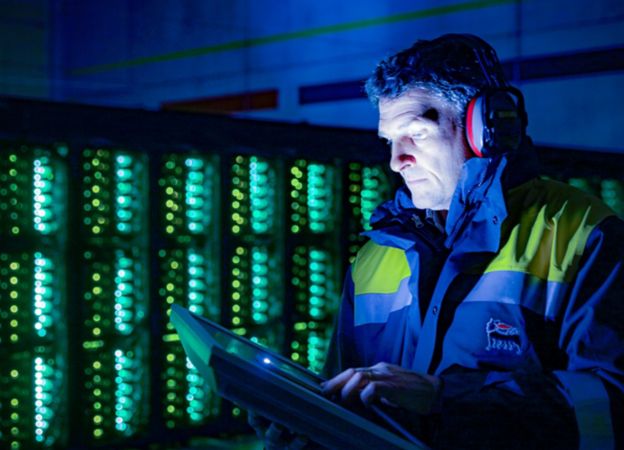
MyEni Login

Magnetic confinement fusion: the technological challenge to help along the evolution of the energy mix
Magnetic confinement fusion releases an enormous amount of energy without emitting greenhouse gases and with the advantage of being virtually unlimited, imitating the natural reaction that powers stars.

Highlights
A few examples to get an idea of the dimensions of magnetic confinement fusion.
order of magnitude of temperatures at which fusion takes place on earth
fuel necessary to provide electricity to a city of 1 million people for one day
order of magnitude of temperatures at which fusion takes place on earth
fuel necessary to provide electricity to a city of 1 million people for one day
How does magnetic confinement fusion work?
The fusion of two hydrogen nuclei releases an enormous amount of energy and it is a totally natural physical reaction that powers the sun and the other stars. In the fusion process, the combination of two light atoms, such as hydrogen isotopes, produces an element, such as helium, with a mass that is slightly smaller than the sum of the two initial nuclei. This "mass defect" is converted into an enormous amount of energy, in accordance with Einstein's famous equation (E=mc2). The remarkable advantage of fusion energy is that it does not emit any greenhouse gases, highly polluting substances or radioactive materials, which makes it an extremely attractive source of energy. It also exploits a virtually inexhaustible process, because it uses as fuel two isotopes of hydrogen: deuterium, which is obtained from seawater, and tritium, which can be produced through a physical reaction with lithium. This process generates an immense amount of energy. According to the International Atomic Energy Agency, fusion could generate around four million times more energy per kilogram of fuel than burning coal!
Artificially replicating fusion on earth is extremely challenging because the gravitational forces present in stars, which facilitate the reaction, have to be replaced by heating the hydrogen isotopes to temperatures exceeding 100 million degrees - about ten times the temperature at the core of the Sun. More specifically, the thermal agitation that enables fusion takes place inside a gas ionised at a very high temperature called plasma. Combined with these high temperatures, a stable plasma can be obtained on Earth by magnetic confinement. As the name suggests, this method uses very strong magnetic fields to confine the plasma in which fusion takes place inside vacuum machines shaped like a doughnut (in geometry this shape is called toroid), called “Tokamaks”. This is why this technology is called magnetic confinement fusion. Plasma at extremely high temperature is then generated, maintained and confined within the chamber, preventing contact with the chamber’s walls.
To generate energy in a fusion reactor, a mixture of deuterium and tritium is fed into the Tokamak. It is first heated to plasma state with specific techniques and then, by further raising the temperature, to conditions suitable for fusion. The fusion process thus releases very energetic neutrons, which are absorbed into a blanket, a coating containing the fusion chamber. Finally, the blanket has the task of absorbing the kinetic energy of the neutrons and transforming it into thermal energy, which is then used to generate electricity by means of systems known and already used in other types of power plant.
Eni considers it necessary to take a long-term view in order to contribute substantially to the development of technological breakthrough solutions, such as magnetic fusion, which could revolutionise the world of energy and guarantee a sustainable, clean and prosperous future.”
Claudio Descalzi
Eni CEO

The development of fusion energy
When magnetic confinement fusion becomes industrially developed, an entirely new scenario will open up in which an extended supply of cleaner energy with a safe process and virtually inexhaustible can be ensured. Power plants fuelled by fusion reactors will be able to meet the growing energy demand of large manufacturing and urban settlements while maintaining high sustainability. Smaller plants, integrated with renewable sources, will facilitate the energy supply for small communities and off-grid locations. We have been among the first energy companies to invest in magnetic confinement fusion, and we also are strategic shareholders of Commonwealth Fusion Systems (CFS), a start-up spin-out of the Massachusetts Institute of Technology in Boston, whose roadmap includes building the first fusion power plant capable of feeding electricity into the grid by the early 2030s.
The fusion research programmes we are taking part in

CFS
We are a strategic partner of Commonwealth Fusion Systems in the research for the industrial development of magnetic confinement fusion.

CNR
At the Eni-CNR "Ettore Majorana" joint research Centre in Gela, we are taking part in a series of studies on key aspects of fusion.

DTT
We collaborate on the Divertor Tokamak Test (DTT), an Enea research project in Frascati (Rome).

UKAEA
We collaborate on research and technological development in the field of fusion energy to build the world’s largest facility for tritium cycle management.
Here are scientific institutions and companies we are collaborating with on magnetic confinement fusion.
Eni.com is a digitally designed platform that offers an immediate overview of Eni's activities. It addresses everyone, recounting in a transparent and accessible way the values, commitment and perspectives of a global technology company for the energy transition.
Discover our mission



















